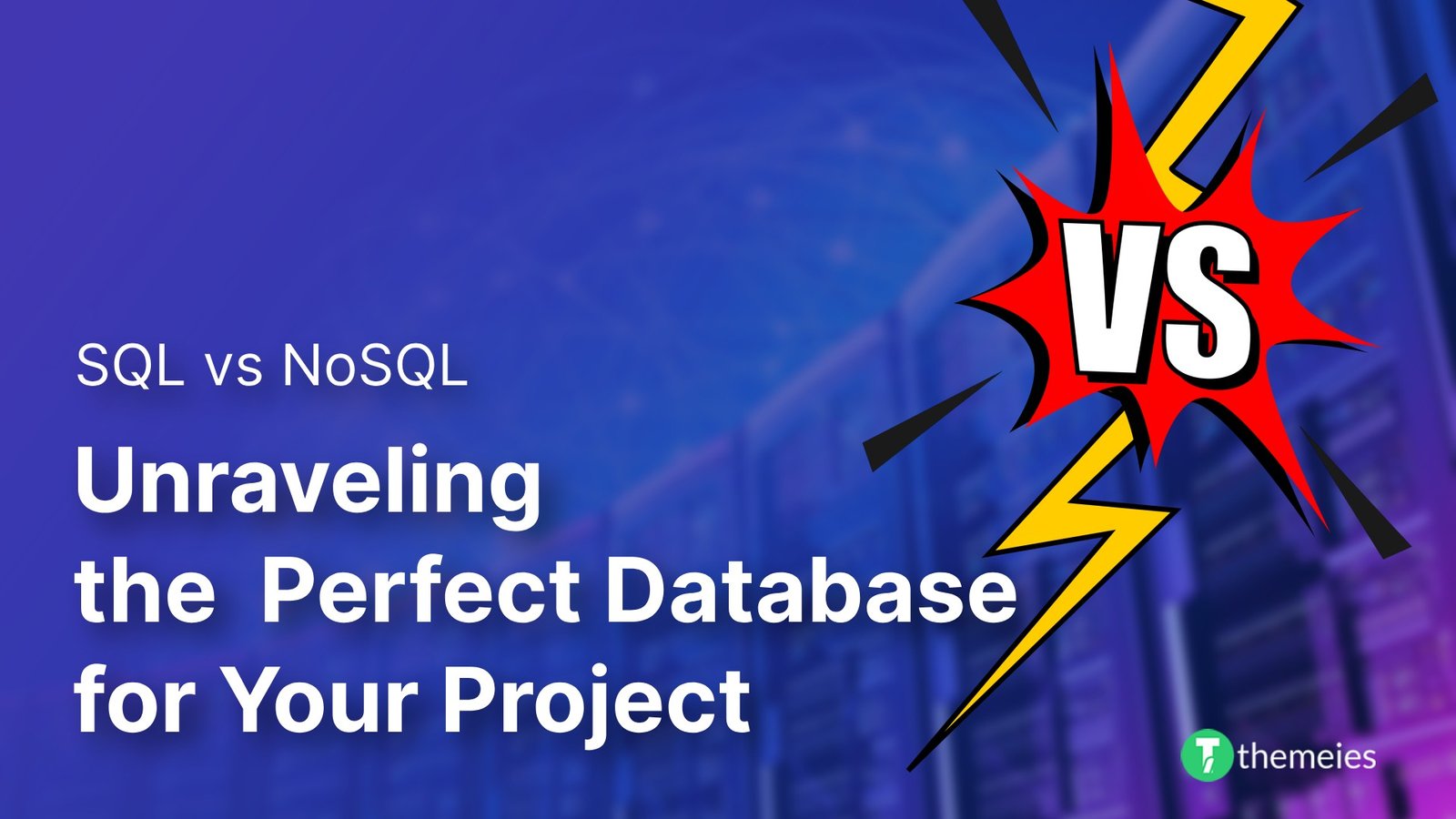Introduction: Elevating Your Online Store's Success In toda ...

In today’s article, we will learn how to build a scalable web application; But first, we must understand what it means by a scalable website application!
It is an application software on the internet with a scalable design that can accommodate a sudden surge in load without creating performance lagging or server downtime. Such a scalable development of a website or web app says that every user will get the same level of performance. It means that a quality user experience is of priority here.
No matter what kind of website or web application you are running, having a scalable site is highly beneficial. It provides a top-notch user experience and adds more storage, performance power, and versatility. Moreover, it saves you a whole lot of time, effort, and money.
Difference between scalable websites and scalable web applications

A website is a group of interlinked web pages under a single domain name and web hosting account, accessible through the internet by people all over the globe. Websites contain hyperlinks, content, themes, and much more. A user on the internet can view and access the data visible to them but cannot alter things.
On the other hand, a web application is website-like application software that runs via a web server. And, it is accessed through a web browser, just like websites. Although the two things are similar in several ways. The significant difference with web applications is that- it built to be interactive, meaning that users are given the freedom to alter the data to a certain extent alongside viewing and accessing them.
An example of a website can be Amazon.com. And, an example of a web application can be Gmail. In the case of scalability, the difference between the two is not very prominent. And so, you may see that the two terms have been used interchangeably sometimes in our article.
Types Of Website Scaling And Architecture
Before jumping on to making scalable web applications, we should start with knowing the basic architecture needed while designing scalable web applications. It usually involves a cluster of front-end scaling, back-end scaling, file storage, and a database. Depending on the type of programming language used to build a scalable application, the orientation, amount, and work order may vary. But, that’s a story for another day.
There are two types of front-end web scaling :
- Vertical Scaling
- Horizontal Scaling
We will look at those two in-depth further on. But first, let’s talk about back-end web scaling, file storage, and database. Understanding file storage and databases are easy.
File storage is a storage place for organizing or storing your web application’s data or files on a computer hard drive or network-attached storage (NAS) device. At the same time, a database is an organized set of structured information controlled by a database management system (DBMS). It’s usually written using a structured query language (SQL) for querying data.
On the other hand, back-end web scaling plays a vital role in building a scalable web application. It is a complex process to grasp as it involves complicated calculations. Also, it’s often the root of a slow operating website or web application.
So, one should always be careful about the rational use of server performance and query optimization. One can also use multiple back-end servers to help evenly distribute extra load and queries to help further boost web performance.
Vertical Scaling

With that said, we can now move on to the first category of front-end scaling, known as vertical scaling. The process of vertical scaling is also sometimes denoted by the words “scale up.”
Vertical scaling involves using multiple machine power within a data center. This is how it enhances the power of an existing system by adding more resources to particular nodes. As a result, it can then handle the extra workload. This also means that you will have larger RAMs, faster CPUs, and more disks.
But vertical scaling comes with a few limitations, making it less preferable in the current status quo than horizontal scaling. Such downsides include:
- Scaling limitations.
- Limited upgrade options.
- Higher risk of hardware failures and more downtime.
- Server vendor lock-ins.
- Greater costs.
- Physical restrictions on server specifications.
- Resource deficits.
Horizontal Scaling

As we have previously mentioned, horizontal scaling is preferable compared to vertical scaling. But similar to vertical scaling, we can also refer to horizontal scaling by the words “scale out.”
Horizontal scaling means adding more machines to your current resources to scale them out. It adds more server storage to distribute any surge in workload. Evenly, it reduces any chance for resource deficits. Also, it’s far cheaper and more versatile than vertical scaling.
This is why we will be focusing our attention on scaling out more. Still, there are some disadvantages concerning horizontal scaling. You can quickly end up incurring higher utility bills and licensing fees and leave more significant footprints and impact on your data center.
You will also be needing some extra networking equipment such as routers and switches. Nonetheless, if you are torn between the two front-end scaling varieties to go for, horizontal scaling is always a better choice.
5 Methods To Build The Perfect Scalable Web Application
With all of that over, we can now truly begin answering the question of the day — how to make scalable applications? There are five different patterns for designing scalable web applications that we will be listing and discussing below, all belonging to the scaling out category.
-
Load Balancing
-
Caching
-
Proxy and Replication
-
Sharding
-
Message Queue
1. Load Balancing

First up, we have load balancers that help distribute a load across several different web servers. Such scalable developments are super important as they allow you to tackle when the workloads increase drastically by distributing the connections to other nodes.
One may even use several load balancers and caches and cookies working together to help deal with more challenging issues. For example, you may be flooded with web traffic but have multiple servers. And, you receive a load from a user.
The work of a load balancer is to balance out the load by distributing it across servers, right? So the load can then be transferred to the servers in nine different orders decided using algorithms. Let’s have a look below.
- Round Robin
- Weighted Round Robin
- Least Connection
- Weighted Least Connection
- Resource-Based (Adaptive)
- Resource-Based (SDN Adaptive)
- Fixed Weighing
- Weighted Response Time
- Source IP Hash
While the concept of load balancing may seem similar to that which you see in reverse proxy, you can conclude that load balancers are a bit different and more advanced than them.
In a reverse proxy system, you can transfer a user’s request to a server and then return the server’s response to the user. With a load balancer, you can transfer the user’s request across several different servers. And then, return the response to the said user at a faster rate.
2. Caching

Caching is the process of storing data using caches. When someone uses a web application, the application’s files are cached onto the user’s RAM unless they clear the caches and the hidden caches. There are times when users need to revisit the application they have recently surfed through on the internet.
During those times, the browser in the user’s device will use caches to retrieve the web app’s files that already exist on the user’s RAM. It reduces load and helps to scale the web application.
There are three kinds of caching that can help with web scalability —
- DBMS query cache
- Memcache
- Redis
We do not need to dive into these details. But we must understand the idea behind using them to tackle scalability challenges. For instance, you can insert a cache on a requesting node for instantaneous data retrieval. The cache on the user’s device correlates to the number of nodes your web application has.
So, if your application has more nodes, your user will have more caches. And hence, your load will be distributed via a node-to-cache system. But although this method is effective, it is unreliable because a user may clear caches before they revisit a web application. They will incur the same load for the application that a first-time user does.
That said, as this works only for revisiting users, you may still need to combine your scalable website application design with load balancers or other methods. The only purpose is to help you build an efficient, scalable web application.
3. Proxy And Replication

The work of a proxy is to find identical requests from different users on the same website application and merge those requests into one single request. Then transfer across a server or multiple servers to execute the bid. And, then again send the response to all the users who requested the first place.
Proxies help with web scalability as they take loads from multiple users and send them to the server as a single load. Thus, it reduces the risk of a sudden surge in workload. Proxies work hand in hand with caching to help make a scalable web application and give you the best possible outcome. Replication, on the other hand, is a pattern that is literally defined in its name.
We have put proxy and replication together to give you an even better outcome than combining proxy with just caching. With replication, you can choose a load balancing to help scale out your web application software even more. But the main benefit comes from replicating everything.
The only difference you should have in this process is to connect your second load balancer to a different power supply. This is because when your other load balancer is not working, your website will not be down. You can also do the same thing with your database management system (DBMS).
The reason is- your data retrieval time is less, and your data is never lost as you have replicas of everything. It can help you out through sudden surges in your website’s load. While this sounds expensive, it will save you a lot of time and effort. Also, it can be the most effective method to build the maximum scalable web application.
4. Sharding

Sharding is a technique that is more straightforward terms, may mean dividing your database. With sharding, you can break down your database into pieces (shards) to store them on different servers. As a result, it helps spread the load across servers. While building a scalable web application, sharding helps by dividing your database and keeping them separate, as we mentioned above.
There are four basic sharding strategies used to scale web applications. They are :
- Horizontal Or Range Based Sharding
- Vertical Sharding
- Key Or Hash-Based Sharding
- Directory-Based Sharding
But sharding comes with a noticeable defect. Once you have shared data, unsharing the data or rejoining the shards becomes a complex task. As sharding creates a barrier between the different bits, even if you have a completely intact backup of the divided data, the backup cannot restore the sharded data because of the already existing barrier.
But even so, sharding is a prevalent method used to help build a scalable web application. While people may think that sharding and partitioning are the same, they are not.
Although both denote splitting data, partitioning does not store the divided pieces on different servers as sharding does. So, even it allows faster data retrieval, it doesn’t help much in the case of scalability as the load still goes to the same server.
5. Message Queue

The word queue means lining up, and message means a written piece of data that is to be shared between two or more applications. In the case of web scalability, message queues refer to the asynchronous communication between the user request and the data server.
This method involves using a message queue (MQ) service in addition to the basic architecture of a scalable web application consisting of front-end, back-end, file storage, and database. The feature of message queueing is highly beneficial for torrent websites or web applications that need time for a task to be processed completely.
The goal for message queueing is not to make the process faster. The purpose is to let the process keep on taking place in the background in the same manner if it was not queued. The scalability advantage for this is that if a user can queue their request and multitask. They can go away from the web application while still getting their request being completed.
The amount of load coming from the user will be reduced to some extent. Furthermore, message queues can do a lot more for your web application than just adding to its scalability. It can boost your application’s performance and increase reliability.
It can also help you obtain reports of the tasks that a user has executed using your web app and monitor statistical data on how long a task is being executed or how many jobs are queued. It can also break large tasks into smaller tasks to be carried out more quickly.
Popular Scalable Web Applications
While the subject- how to build a scalable web application may bring nightmares to beginners, with given time and research, it can achieve easily. You have to do all you have done before to build a regular web application and further advance it to scale the site.
Just focus on building a well-developed web application and then move on to making changes for adding scalability. Scalable web applications are the current trend. And, they will remain in the craze for a long time with no doubt. Examples of some popular scalable web applications can be Bitly, Dropbox, Slack, Zoom, Facebook, Twitter, and many more.
To Sum Up
At the end of the article, we hope you have found the information we provided helpful. Remember that the key to perfect making a scalable web application is to understand how web scaling works. If you do not understand that, it would be better to invest in a professional person who can make you take the load off of you instead.


Introduction of SQL vs. NoSQL In the dynamic realm of data ...
02 Feb, 2024 226 Liked

Streamline Your Website with Versatile Themes In today's ev ...
08 Jan, 2024 250 Liked

Secure Payment

Money Back

